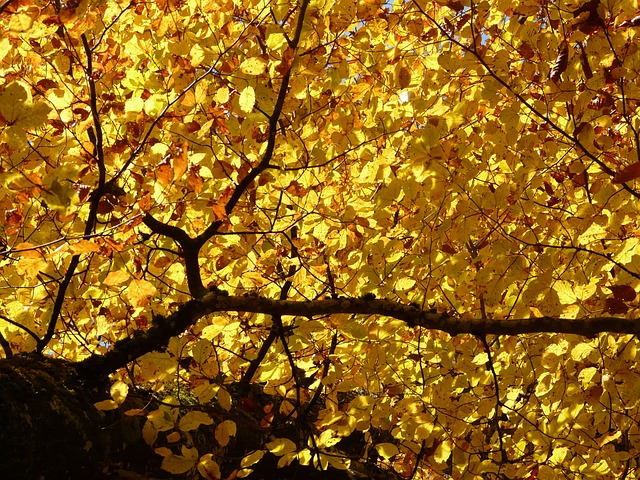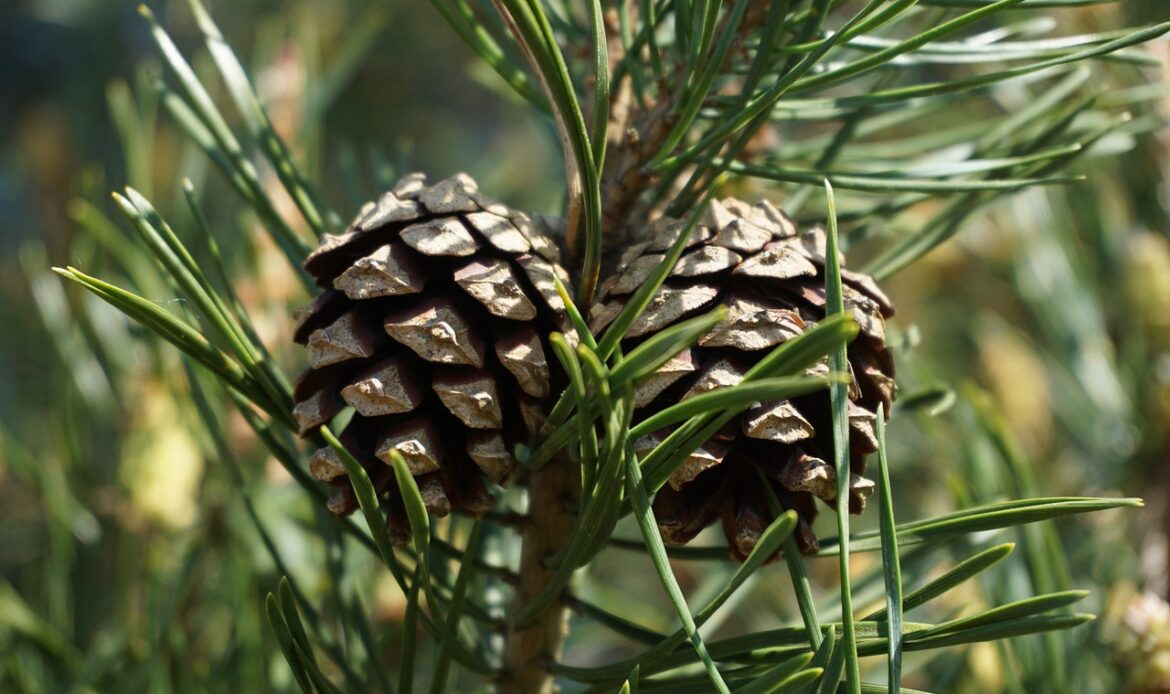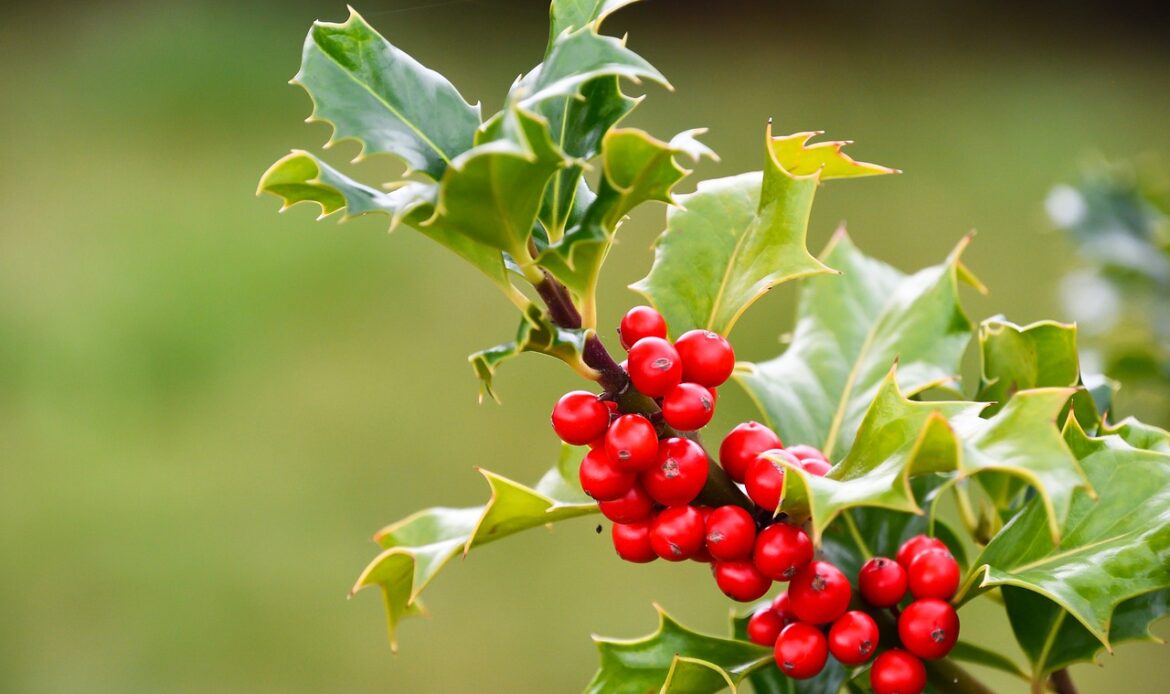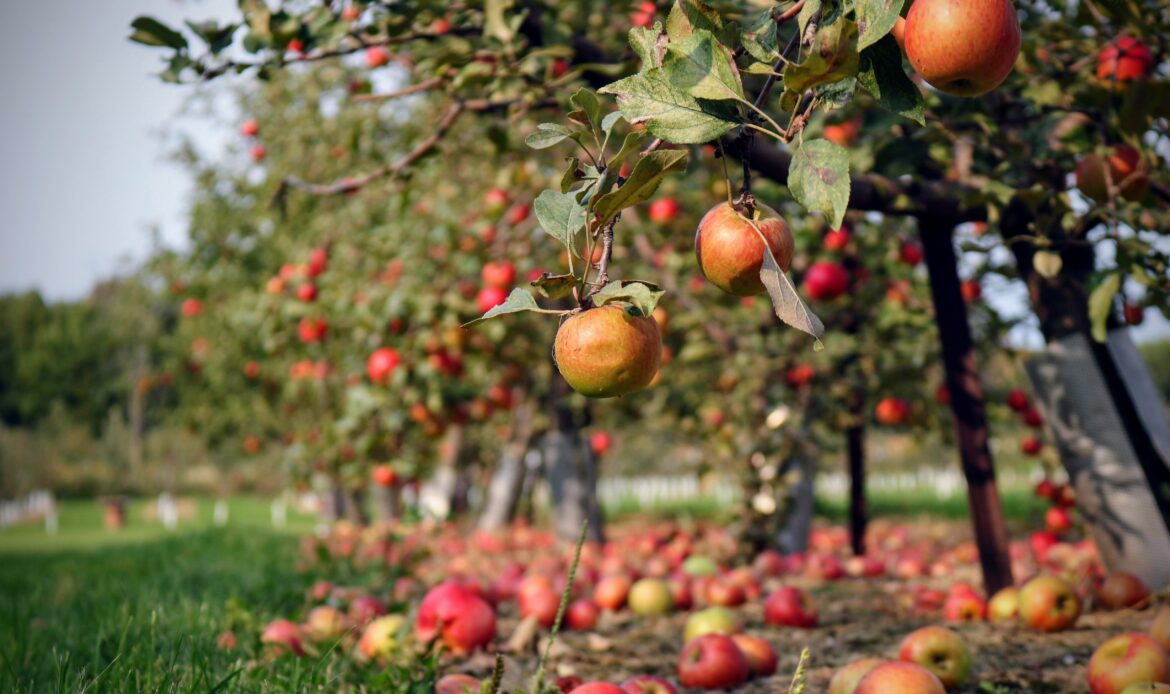Planting trees is a fantastic decision—it enhances the beauty of your surroundings while hosting a plethora of environmental benefits, such as supporting biodiversity and reducing carbon. They play a crucial role in the ecosystem as crucial habitats and food sources for a wide variety of wildlife.
Selecting the right tree to plant is not a simple task, having to consider the UK’s distinctive climate and soil varieties. Known for varied weather and soil types across regions, the UK’s diverse ecological landscape drastically affects the growth and health of trees. All species have different preferences for sunlight, soil and moisture to ensure they grow healthy and strong.
In this article we discuss which factors you should consider before embarking on a tree-planting project, as well as a list of the top thriving tree species for our English environment.
Understanding the UK’s Climate and Soil
Our climate in the UK, characterised by its diversity, ranges from humid conditions in the north to mild and temperate conditions in the south. The variability of our regions influences tree growth differently across the country, such as chalky soil, clay soil, sandy oil or silt soil. Some trees will be unsuited to certain types of soil.
The Impact of Climate on Tree Growth
Tree species have evolved to thrive under specific conditions across the UK’s discursive ecological profile. In the South’s warmer temperatures, species such as oak, beech and sweet chestnut have adapted to the higher temperature averages. With adaptations like waxy leaf surfaces, they reflect sunlight and retain moisture. They can manage the hotter spells in summer, whereas other trees would struggle and risk drying out.
In the north, in wetter and cooler regions, Scots pine, silver birches and rowan trees are well-adapted to the colder conditions. These species can endure the brisk winters, and withstand higher levels of rainfall. They use thicker bark, deeper root systems, needle-like or waxy leaves to reduce water loss and flexible branches to bend in heavy winds.

Storms, high winds and frost, amongst other extreme weather events, present more challenges to a tree’s rate of growth and survival. Strong root systems and flexible branches that can bend in strong wind currents. The English Oak is renowned for its robust branches and deep roots that result in a resilient, stoic tree that prevails within severe weather conditions. With this in mind, it’s key to understand your region-specific ecological conditions and plant trees that will surely flourish and have solid chances of growing strong and tall, providing more environmental benefits for your local ecosystems.
Soil Types and Their Influence on Tree Health
Soil varies across the UK; and bountiful tree-planting requires an understanding of soil composition and drainage amongst other factors. A soil’s pH level plays a key role in the tree’s growth, as well as the depth and nutrient content. This determines the nutrient uptake and development of the roots.
In areas with more acidic soil, including some Scottish and Welsh regions, tree species have to be capable of growing in lower pH levels of soil and effectively utilise the soil nutrients. The Scots pine and rhododendron are examples of trees that are well-adapted to these regions. Conversely, trees like beech and ash thrive in neutral or alkaline soils, in places such as South Downs. Their root systems have adapted for effective nutrient uptake.
What’s more, birch and willow trees prefer well-drained environments, and won’t do well in areas such as urban cities filled with impermeable surfaces like concrete. Alder and willow are well adapted to moist conditions and thrive in areas with water bodies or high water tables.
Soils can vary in depth and fertility (its ability to provide nutrients). These can shape a tree’s rooting capability and access to nutrients, with silver birch and rowan trees able to cope with shallower soils and maximise nutrient uptake.
The Top 6 Trees to Plant in the UK
Now that we have a better understanding of the UK’s climate and soil conditions, let’s explore some of the best tree species to plant across the country:
1. Oak Trees: The Symbol of Strength and Endurance

Oak trees, native to the UK, thrive especially in lowland areas of England and Wales—flatter areas where land is at, near or below sea level. With deep roots and a robust structure, they can adapt to a range of climate conditions but prefer areas with higher rainfall.
The oak tree has thick bark, protecting the tree from excess moisture and fungi prevalent in wet conditions, and a complex leaf structure that channels water away from the stem which effectively minimises waterlogging.
Oak trees provide fantastic shade, and their tall, sturdy build provides homes for a vast range of wildlife. The tawny owl, for example, nest in the oak’s cavities, hunt on the biodiversity provided by the tree’s wildlife, and easily hides away from predators within the tree’s camouflage.
2. Beech Trees: Ideal for Hedging

The native beech trees are most popular in eastern and southern parts of the UK, thriving in well-drained and fertile (nutrient-rich), loamy or chalky soil. This means they like chalk downs and established woodlands; well populated in Chiltern Hills or the South Downs. They prefer cool summers and mild winters but can thrive in constant rainfall.
Beeches are fascinatingly versatile. You will have likely seen beech trees across the UK in different forms—sometimes growing to tall trees reaching 40 metres with a broad, spreading canopy resting on a strong singular trunk. Or, you may have seen them in perfect cuboid form as long-lining hedges, strategically cultivated from birth to form low branches with dense foliage, amended regularly by meticulous pruning.
3. Silver Birch: A Native Beauty

Distinctive with silvery-white bark, the native tree holds an elegant aesthetic, found throughout the UK as one of the most adaptable and widespread species of birch. They flourish in lowlands and uplands, rural and urban, able to tolerate a range of climates with a slight preference for cooler weather.
They prefer sandy and well-drained soils and survive widely due to their ability to grow even in poor, infertile soils. This also positions the Silver Birch as fantastic environmentalists, quick to revive disturbed and degraded habitats where other trees would shy away.
They grow quickly, especially in early years, reaching 30-60cm a year at the start. If you want to quickly fill in a garden, plant these and have impressive small trees within just a couple of years. They attract a variety of wildlife and will enrich an area’s biodiversity heavily.
4. Rowan Trees: Attracting Wildlife

Rowan trees, or the mountain ash, are quite adaptable across the UK but most found in Northern England, Scotland or Wales. They prefer moist, well-drained soils, tolerant of pool-soil conditions, and prefer higher altitudes hence their given name, well populated in mountainous, upland areas.
Rowan trees are beautiful, with white flowers in spring and vibrant red berries in autumn and winter; providing a key food source for birds.
5. Scots Pine: The Coniferous Giant

The Scots Pine, the only pine native to the UK, are coniferous—meaning their seeds come as cones and their leaves are needly. This is paired with a tall and straight trunk and a flaky bark. These trees can live up to 700 years, and reach up to 35 metres.
As previously mentioned, the Scots Pine has developed an acquired resilience to a bunch of climate conditions but prefers sandy or gravelly soils. The Scots Pine supports a wide array of wildlife, namely crossbills, and the endangered red squirrel.
To best plant them, choose a location with full sunlight exposure and well-drained soil—you can amend the soil yourself to ensure it is well-draining, water thoroughly after planting, apply mulch around the base and state young trees to provide support until they are established.
6. Holly Trees: Evergreen Symbol of Christmas

Holly Trees are distinguished by dark green, glossy leaves and bright red berries. Their evergreen status means they add colour all year round, including to winter landscapes, and their green and red vibrancy adds to their being timelessly emblematic of Christmas.
These trees are fantastic to plant across the UK, supporting a variety of wildlife, especially in the cold winter months when food is scarce, they are drought tolerant, requiring little maintenance, and they suit a variety of landscapes from formal gardens to natural wild settings.
Planting and Caring for Your Trees
A little knowledge goes a long way in tree care, contributing to strong and healthy trees that support biodiversity.
The Best Time to Plant Trees in the UK
It’s usually best to plant trees during the dormant season when trees have stopped growing and shed their leaves—from late autumn to early spring. This allows them to establish a thorough root system and secure them well into their new home soil before the warmer weather fosters new growth. We have around 60 native species of tree in the UK, however, so be sure to check the specific recommendations of each tree and how to plant and care for it.
Essential Tree Care Tips
- Regularly water your trees, especially in the early years to establish roots and in dry spells. For a quick check, dig a few inches near the tree, and water more if it feels dry.
- Mulch around the base of the tree to conserve moisture and suppress weed growth.
- Cut off dead or damaged branches to foster healthy growth—dead branches will not continue to grow, but it is as simple as cutting them off.
- Monitor for pests and diseases, and take appropriate action if necessary.
- For extra nutrients and an extra-healthy tree, apply some fertiliser to the soil.
The Environmental Benefits of Planting Trees
Planting trees is not only aesthetically pleasing but also has a positive impact on the environment. Let’s explore two key environmental benefits of planting trees in the UK:
Trees and Carbon Sequestration
Trees are carbon sinks! They absorb and store carbon dioxide from our atmosphere, sequestering climate change and greenhouse gas emissions heating up our global temperature. Planting trees is a fantastic environmental contribution.
Enhancing Biodiversity with Trees
Trees provide habitats and food sources for a wide range of wildlife, enhancing biodiversity in your local ecosystem. From providing nesting sites for birds to attracting pollinators, trees create a more vibrant and sustainable environment.
Frequently Asked Questions About Planting Trees in the UK
What is the Fastest Growing Tree in the UK?
The quickest-growing tree is the Lombardy Poplar, able to grow approximately 1 to 2 metres a year under optimal growing conditions of well-drained, moist soil in full sun. That being said, trees with rapid growth can require regular maintenance and have shorter lifespans.
Can I Plant Fruit Trees in the UK?
Some fruit trees are great to plant in the UK, like apple, plum and pear trees. Their survival relies on knowledgeable tree selection and proper care, and these leave you with bountiful trees that produce valuable crops, as well as aesthetic, vibrant trees that boost biodiversity and enhance local nature.

